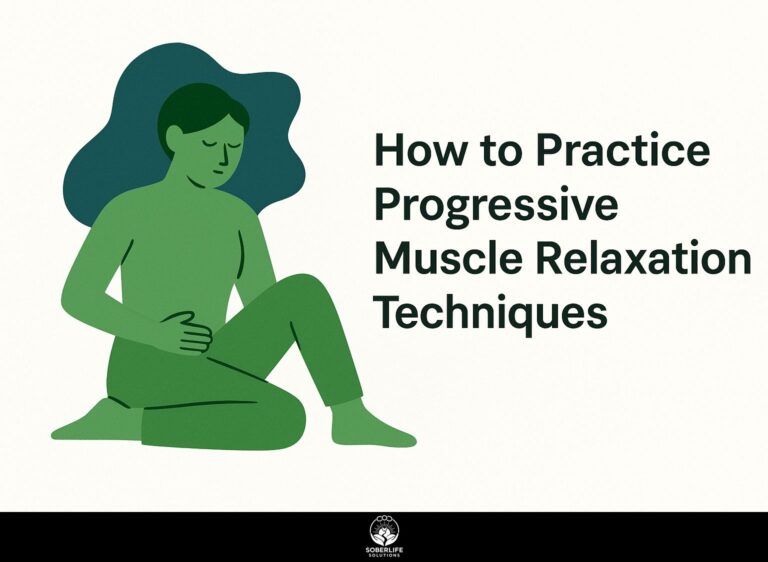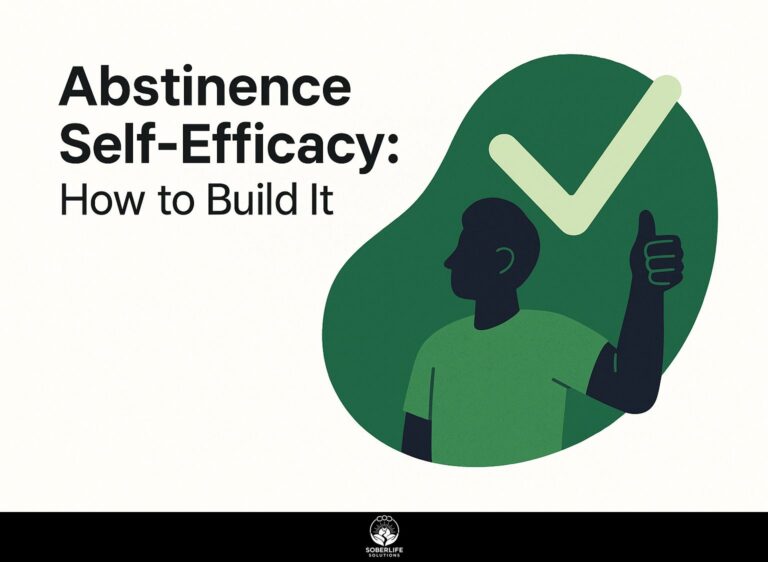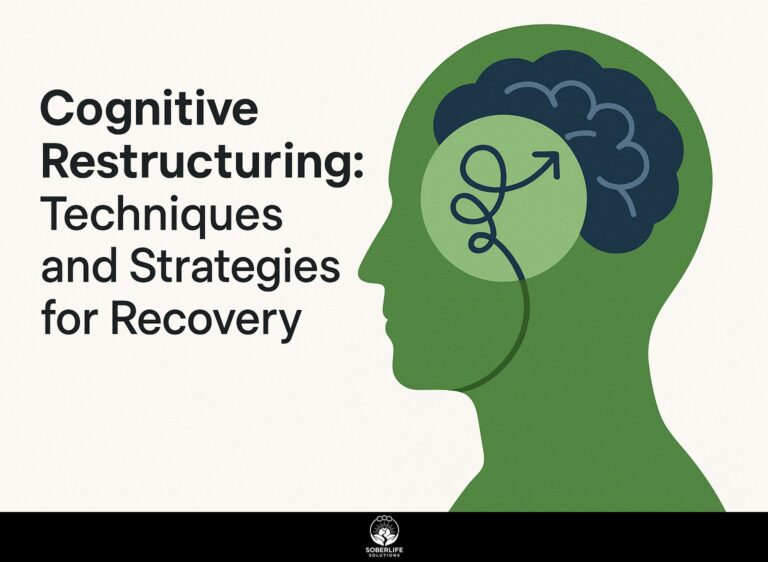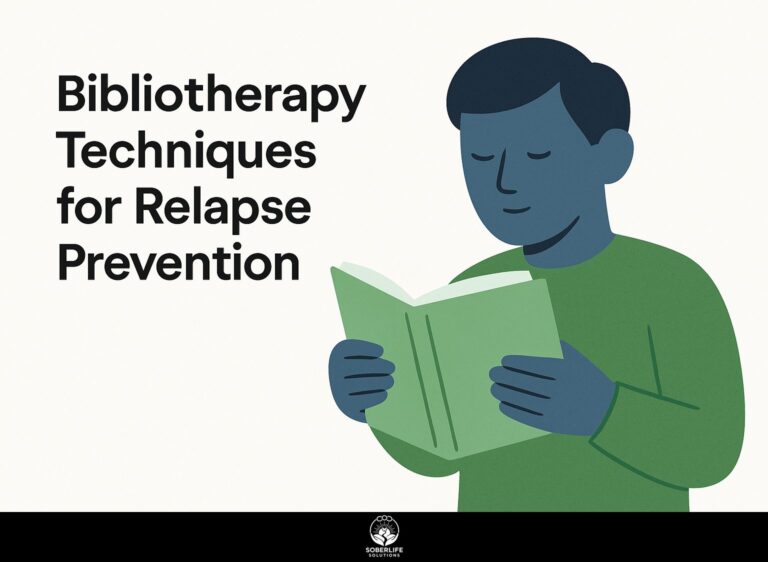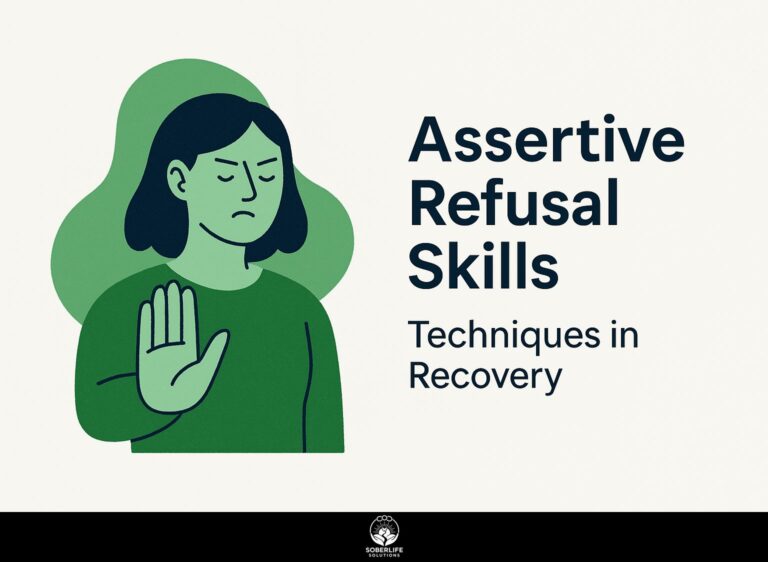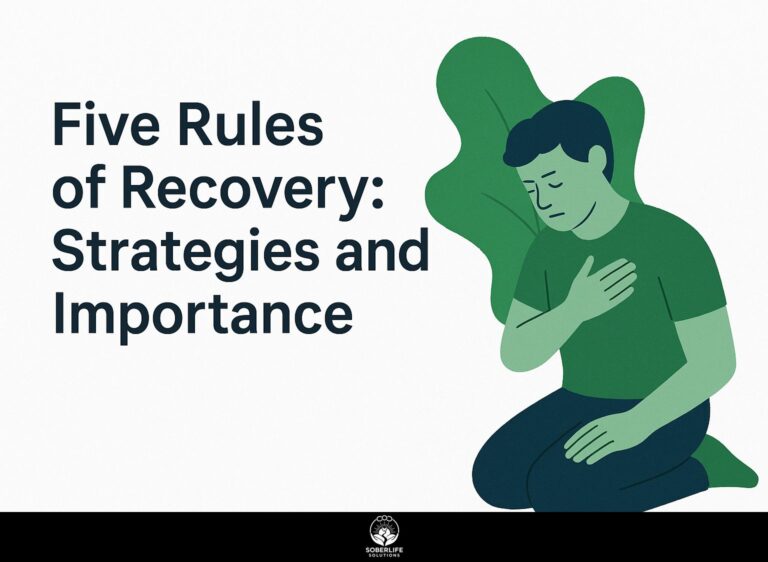Mindfulness and Relaxation Techniques
In today’s busy world, managing stress is important for mental health. Techniques like deep breathing and visualization can help you relax and lower anxiety. With support from a BetterHelp therapist, you can learn these methods to handle life’s difficulties. This article will discuss different mindfulness practices and relaxation techniques, helping you create calmness and strength in your everyday life.
Key Takeaways:
- Being mindful increases your awareness and focus, which can lower stress and improve your emotional health.
- Relaxation techniques, such as progressive muscle relaxation and visualization, are essential for managing stress and promoting overall health.
- Bringing together mindfulness and relaxation techniques helps create a routine that improves mental clarity and emotional strength.
Definition and Importance
Mindfulness means focusing your attention on what is happening right now. This practice can help improve your ability to manage emotions and lessen feelings of anxiety.
Based on Buddhist practices, mindfulness helps people notice their thoughts and feelings without judging them, leading to a clearer view of their mental state. For those looking to delve deeper into mindfulness techniques, our resource on recovery techniques that incorporate mindfulness and meditation is a great starting point.
Recent studies published in ‘Psychological Science’ show that using mindfulness techniques like meditation or deep breathing in daily life can improve mental health.
Spending 10 minutes each day using meditation apps like Headspace or Calm can reduce stress and strengthen emotional health. These activities help the mind focus on the present, resulting in clearer thoughts and improved choices.
Benefits of Practicing Mindfulness
Regularly practicing mindfulness can enhance brain function, improve emotional health, and lessen the physical effects of ongoing stress.
To integrate mindfulness into daily life, consider starting with guided meditation apps like Headspace or Calm, which offer structured programs suitable for beginners. Additionally, exploring recovery techniques that incorporate mindfulness and meditation can further support your journey.
Dedicating just 10 minutes daily to these exercises can lead to measurable improvements in focus and emotional regulation.
For more immersive experiences, try mindfulness-based cognitive therapy (MBCT) workshops, which have shown significant reductions in anxiety levels.
Including mindfulness in daily tasks like walking or eating can improve your well-being.
Understanding Relaxation Techniques
Relaxation techniques include different methods to help lower stress and anxiety, leading to a general feeling of wellness.
What is Relaxation?
Relaxation is a state of physical and mental calmness that can be achieved through various techniques, important for counteracting stress responses.
Relaxation has two key aspects: it helps calm the mind, reducing stress and creating a sense of control, and it relaxes the body by slowing the heart rate and easing muscle tension.
To alleviate the body’s stress response, consider practices like deep breathing, progressive muscle relaxation, or mindfulness meditation. You can learn more about effective methods in our guide for progressive muscle relaxation techniques.
A basic technique such as the 4-7-8 breathing method can soothe your nervous system quickly: breathe in for four seconds, hold your breath for seven seconds, and breathe out for eight seconds.
Using these methods consistently can greatly improve your well-being.
Why Relaxation is Essential
Daily practice of relaxation techniques can improve your physical and mental health by reducing stress.
Practicing relaxation can reduce stress levels, which, according to the American Psychological Association, affects 70% of Americans daily.
Techniques like deep breathing, progressive muscle relaxation, and mindfulness meditation are particularly effective. For instance, a simple method involves inhaling deeply for four seconds, holding for seven, and exhaling for eight. Many people have found that incorporating these practices can also play a role in their recovery journey; you can explore various approaches in our recovery techniques on mindfulness and meditation.
Spending five minutes on these techniques can lower your heart rate and blood pressure. Using apps like Headspace or Calm can boost your well-being if you include these activities in your daily routine.
Mindfulness Practices
Mindfulness practices come in different forms and can be adjusted to fit personal likes, offering choices in how someone practices mindfulness. For instance, various mindfulness exercises can be explored through resources like the Mayo Clinic, which provides detailed guidance on different methods.
Mindful Breathing
Mindful breathing is a foundational practice that helps anchor your awareness to the present moment, effectively reducing anxiety.
To practice mindful breathing, follow these steps:
- Inhale deeply through your nose for four seconds, allowing your abdomen to expand fully.
- Hold that breath for four seconds, focusing on the stillness.
- Then, exhale slowly through your mouth for four seconds, releasing any tension.
- Repeat this cycle for five minutes.
For guided sessions, try using apps like Headspace or Calm, which provide breathing exercises and meditation methods. These tools can help you by offering a clear plan and support.
Body Scan Meditation
Body scan meditation encourages people to focus on their physical feelings, helping them relax and improve their health.
To begin, find a quiet space and lie down comfortably.
- Start by focusing on your toes, breathing deeply, and feeling their sensations.
- Slowly shift your focus to your feet, then your legs, and keep moving your attention through your whole body. Try to spend about 30 seconds on each part.
For guidance, check out free resources like `The Mindful Movement’ on YouTube, which offers a gentle, 10-minute led session. Consistency is key, so try to integrate this meditation into your daily routine for maximum benefits.
Mindful Eating
Mindful eating encourages a more conscious approach to food, enhancing enjoyment and reducing overeating through awareness.
To practice mindful eating, start by slowing down your meal. Take small bites, and put your fork down between bites to focus on each flavor.
Keep a food diary to track what you eat and how it makes you feel. This can help identify emotional triggers and patterns. For example, you might notice that you tend to snack mindlessly while watching TV.
By becoming more aware, you can slowly change your habits and create a healthier relationship with food, which will help you make better choices.
Relaxation Techniques
Various relaxation methods can help reduce stress and encourage a sense of calm, with each providing specific advantages for both mind and body.
Progressive Muscle Relaxation
Progressive muscle relaxation (PMR) is an effective technique that involves tensing and relaxing muscle groups to reduce physical tension.
To practice PMR effectively, start by sitting or lying comfortably. Begin with your toes, tensing the muscles for five seconds. Focus on the sensation, then release and notice the difference in relaxation.
Move gradually up through your calves, thighs, abdomen, arms, and shoulders, repeating this process. Relax your face and neck.
For guided sessions, try the PMR Coach app, which offers audio instructions to improve your experience. Practicing regularly can greatly help you manage stress and improve your well-being. According to the Whole Health Library, PMR can significantly enhance relaxation and overall mental health.
Visualization Techniques
Visualization methods use the mind to generate soothing images that help people relax and lower stress.
Begin your practice by finding a quiet space, free from distractions. Close your eyes and take a few deep breaths to center yourself.
Now, envision a serene scene, like a quiet beach with gentle waves lapping at the shore. Engage your senses: feel the warm sun, hear the soft sounds of nature, and smell the salty air.
Take 5-10 minutes to focus on this visualization and really immerse yourself in it. If you would like extra help, consider using a guided visualization recording to improve your experience.
Combining Mindfulness and Relaxation
Using mindfulness and relaxation together helps manage stress and improves both emotional and physical health. To delve deeper into the benefits of mindfulness in recovery, consider exploring recovery techniques that incorporate mindfulness and meditation.
Creating a Personalized Routine
Creating a personalized mindfulness and relaxation routine can improve its effectiveness and motivate you to keep practicing.
Begin by finding the methods that work for you, like deep breathing, listening to guided meditation, or practicing gentle yoga.
Set aside a consistent time each day-perhaps mornings when your mind is fresh or evenings for a calming wind-down.
To strengthen your commitment, track your progress using a journal or a mobile app like Headspace or Calm, which can remind you and help evaluate your experience over time.
Experiment with different durations, finding what feels natural, whether it’s five minutes or a full hour.
Frequently Asked Questions
What are some effective Mindfulness and Relaxation Techniques for beginners?
Newcomers can begin with basic mindfulness and relaxation methods like deep breathing, visualization, and body scanning. These activities help increase awareness and create a sense of calm, making it simpler to include mindfulness in everyday routines.
How can Mindfulness and Relaxation Techniques improve mental health?
Mindfulness and Relaxation Techniques can significantly improve mental health by reducing anxiety, depression, and stress. By promoting present-moment awareness, these techniques help individuals develop a healthier relationship with their thoughts and emotions.
Can Mindfulness and Relaxation Techniques be practiced anywhere?
Yes, you can practice mindfulness and relaxation techniques almost anywhere. Whether you are at home, at work, or in a public area, taking a few moments to concentrate on your breathing or notice your surroundings can help you feel better.
What is the difference between Mindfulness and Relaxation Techniques?
Mindfulness and relaxation techniques both help reduce stress and improve well-being. Mindfulness focuses on being aware and present in the moment, while relaxation techniques concentrate on helping the body relax and relieve stress. Together, they can support overall health.
How often should I practice Mindfulness and Relaxation Techniques?
It’s recommended to practice Mindfulness and Relaxation Techniques regularly, ideally daily, even if just for a few minutes. Consistent practice helps reinforce the benefits and can lead to a greater sense of calm and focus over time.
Are there any resources for learning more about Mindfulness and Relaxation Techniques?
Yes, there are many resources for people interested in mindfulness and relaxation techniques. You can find books, online courses, mobile apps, and local workshops that offer helpful guidance as you learn these practices.

